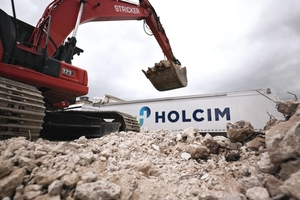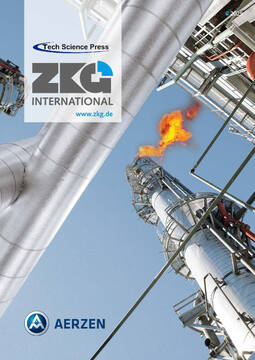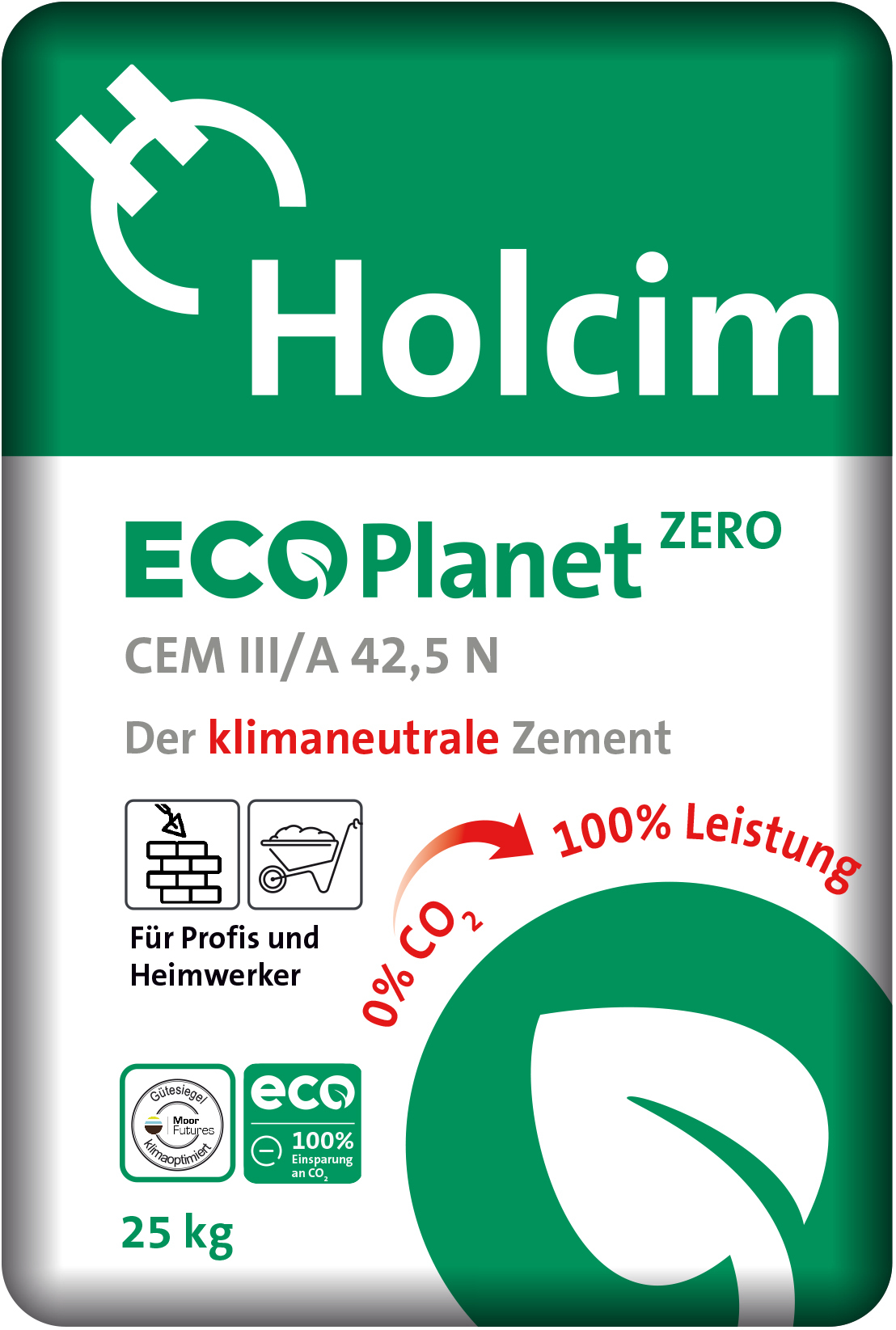Study by the Wuppertal Institute and Butterfly Effect Consulting highlights potential: building materials can be produced and used in a more resource-efficient manner
Anyone who wants to make the construction sector in Germany sustainable must put climate and resource protection at the forefront. This is the key finding of the study “Sustainable Building Materials Transition”, which was conducted by the Wuppertal Institute in collaboration with Butterfly Effect Consulting on behalf of Holcim Germany
The study states that this transformation is necessary in order to achieve the goals of the Paris Climate Agreement, the European Green Deal, the National Circular Economy Strategy (NKWS), and the Climate Protection Act. However, the circular economy also offers opportunities for innovation, growth, and employment, and strengthens regional value chains, for example through urban mining or the production of circular building materials.
“The German government‘s € 400 billion special fund for infrastructure renovation offers a historically unique opportunity for this,” comments Thorsten Hahn, CEO of Holcim Germany. “To this end, the public sector must take a leading role in implementing sustainability standards, using sustainable building materials, and establishing circular construction practices.”
The construction sector in Germany is responsible for around 40% of raw material consumption and causes significant CO₂ emissions. In addition, new construction, renovation, and demolition of buildings generate considerable amounts of demolition material, which accounts for around 55% of total waste in Germany. Although around 90% of mineral construction waste is already recycled, this is often not done in a way that is equivalent to the initial use, for example for base layers in road construction. The potential for equal or higher-quality recycling is not being exploited.
This highlights the need to make the construction industry more sustainable and climate-friendly. “In the study, we identified many opportunities for manufacturing and using building materials in a more resource-efficient manner,” says Monika Dittrich, head of the Circular Systems research department at the Wuppertal Institute. “However, successful implementation requires speed and decisive political action. The public sector has the power to initiate the transformation through its immense demand. And it has the means to drive the transition forward through regulatory requirements.”
Ecologically necessary, technically feasible: Why the building materials transition is still lagging
Despite the ecological necessity and existing legal frameworks such as the EU taxonomy, the National Circular Economy Strategy (NKWS), and the Mantelverordnung (Mantel Ordinance) for mineral substitute building materials, there are still deficits and obstacles in the implementation of the building materials transition.
For example, the study draws attention to the insufficient integration of the circular economy in the construction industry – such as the lack of digital tools such as BIM (Building Information Modeling) or material passports, unclear standards for recycled materials, complex approval procedures, and inadequate databases for secondary raw materials. In addition, environmental costs are not fully taken into account, incentives for funding could be improved, and there is a lack of binding recycling quotas.
Eight areas for action: What matters now
The study identifies eight key areas for action for policymakers and the construction industry to drive the necessary transformation:
1 Mandatory recycled content quotas and material specifications: Establishment of clear minimum percentages for secondary raw materials in construction projects, especially in the public sector
2. Life cycle-based life cycle assessment in construction: Introduction of mandatory life cycle analyses in the planning, tendering, and approval of construction projects
3. Use of public procurement law as a lever for transformation: Integration of sustainability criteria in public tenders – not just as an option, but as standard
4. Financial incentives and investment programs: Creation of economic conditions that promote investment in circular production processes, building materials, and construction methods
5. Digital infrastructure and transparency: Development of material passports, building registers, and urban mining databases to improve the planning and control of circular construction
6. Knowledge, qualifications, and cultural change: Promotion of specialist studies, further training opportunities, understanding of standards, and planning tools for all stakeholder groups
7. Strategy for urban mining: Systematic recording, evaluation, and activation of anthropogenic deposits as a resource for the future
8. Clear definition of end-of-waste properties: Legal certainty for secondary materials through uniform federal regulations and simplified approval procedures for circular products and recycled products
“The study illustrates that the transformation of the construction sector can significantly advance climate, environmental, and resource protection in Germany,” comments Martin Bethke, founder and CEO of Butterfly Effect Consulting. “This means that the construction industry can make a decisive contribution to achieving Germany‘s climate protection goals and conserving scarce primary raw materials. The building materials transition is a central component of the ecological modernization of the German economy.”






